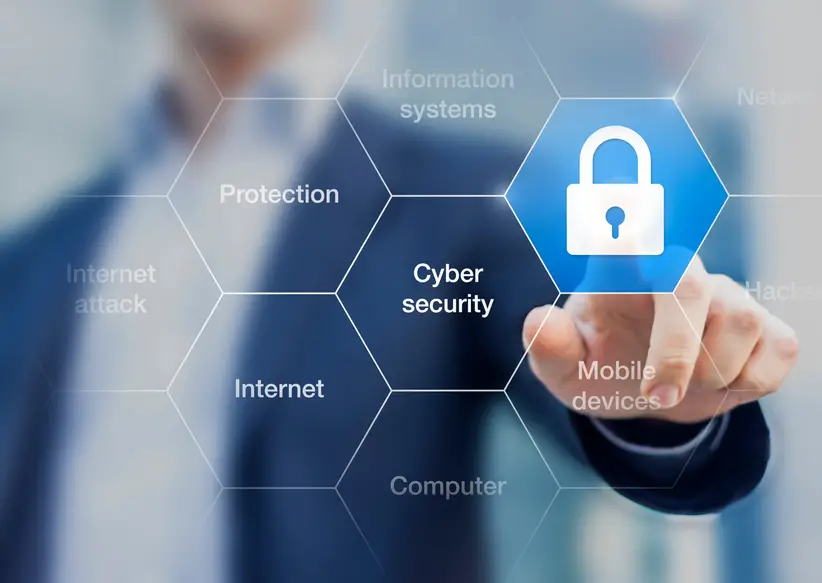No matter your business’s size, you are a target for someone. Cybercriminals are now more numerous than ever, and they’ve a threat surface larger than any we’ve ever seen to gleefully exploit. And they aren’t the only risk to your organization’s assets, either - hardware failure, natural disaster, and your own employees can cause just as much damage.
Amidst this new landscape, it’s not enough to simply throw money at the problem and hope it will go away. You need a plan. And for that plan to be successful, it must be built upon three critical pillars.
Knowledge, Understanding, and Policy
Like every proper strategic initiative, your cybersecurity plan should start with the basics. That doesn’t mean what you might think, mind you. A strong security posture is about more than infrastructure these days.
Your first step is a thorough risk assessment of your business. Use a framework such as US-CERT or NIST. If it is possible and feasible, you may also want to consider bringing in a third-party cybersecurity firm, as they’ll likely be better-equipped to probe your business for vulnerabilities.
Through this evaluation, there are a few questions you should aim to answer.
- What assets do you need to protect?
- Who has access to those assets
- Where are they stored?
- What security controls are currently in place to protect them?
- What are the likeliest incidents that will threaten those assets?
Once you understand your business’s risk profile, your next task is employee education. Cybersecurity is everyone’s responsibility, so in order to execute an effective plan, you’ll thus need buy-in at every level of the organization, beginning from the top. Start with awareness and mindfulness - with employee education and training.
Why is cybersecurity so important? Why is it now the domain of every employee? And most importantly, what can people do to be more security-aware?
From there, your next step is to device policies and procedures that both protect your assets and emphasize enablement on the part of the end-user. These may include an acceptable use policy for mobile devices, a password policy for authentication, or a cyber education policy.
You will also want to dedicate ongoing resources to threat identification and mitigation - the risk profile of a business can change over time, and you need to be aware of that.
A Focus On The Right Tools
Armed with an understanding of your business’s unique threat profile and its employees distinctive needs, you can then reposition infrastructure and software planning as more of a collaborative process - not, in other words, the sole domain of IT. Engage with each department of your business, and ensure you understand their specific needs. Your goal here is to implement systems that both protect your assets and empower the end-user.
This includes both cybersecurity solutions like intrusion detection and more workflow-focused tools like SaaS apps. Each solution you incorporate should be fully evaluated and analyzed for potential vulnerabilities.
Don’t just pay attention to the app. Take a close look at the vendor, as well. What is their history, and how seriously do they take their own internal security?
Business Continuity and Disaster Recovery
Last but certainly not least, a good cybersecurity plan focuses on more than prevention. It’s also concerned with mitigation. Should the worst happen and your business find itself under threat, how will you respond?
How will you notify victims and key stakeholders? Which personnel are responsible for addressing the issue, and how will they keep in touch with one another? What systems do you have in place to ensure access to critical assets is not lost as a result of an incident?
And lastly, what is your plan for restoring operability after an incident has passed?
Always Plan Ahead
The difference between a business that successfully weathers a cyber incident and one that does not is simple. The former has a plan that can stand up to real-world threats. The latter does not.
Understand the dangers facing your business and its data. Know the role of your staff in protecting against those dangers, and implement tools that allow them to do so. And finally, be ready for when a breach does occur - because the more prepared you are, the likelier you’ll get through it unscathed.

